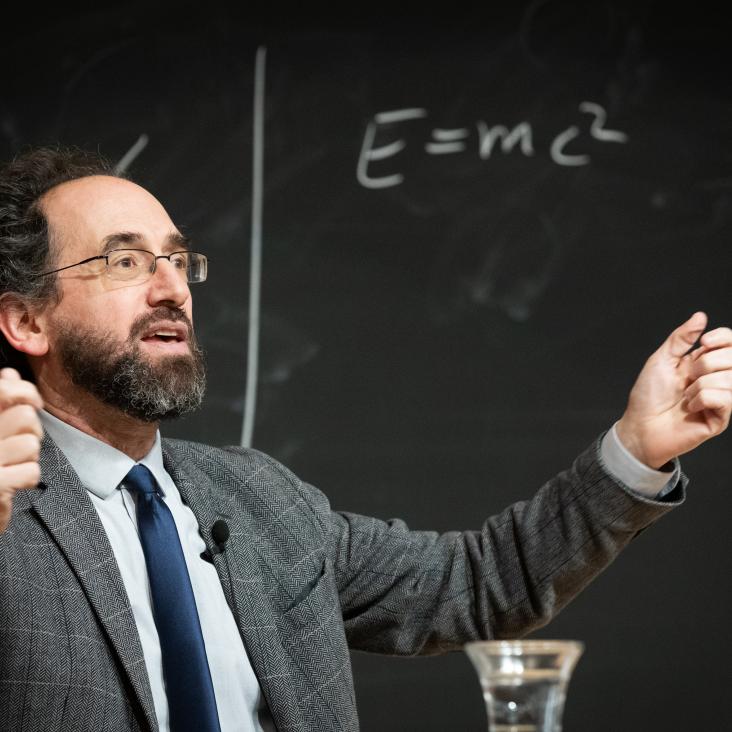Superconductivity from repulsive interactions in Bernal-stacked bilayer graphene
(2023)
Topological Quantum
, 2023
Abstract:
At the intersection of physics, mathematics, and computer science, an exciting new field of study has formed, known as “topological quantum.” This research field examines the deep connections between the theory of knots, special types of subatomic particles known as anyons, certain phases of matter, and quantum computation. This book elucidates this nexus, drawing in topics ranging from quantum gravity to topology to experimental condensed matter physics. Requiring only an elementary background in quantum mechanics, this book is appropriate for all readers, from advanced undergraduates to the professional practitioner. The material in presented in a down-to-earth and entertaining way that is far less abstract than most of what is in the literature. While introducing the crucial concepts and placing them in context, the subject is presented without resort to the highly mathematical category theory that underlies the field. This book will be of interest to mathematicians and computer scientists as well as physicists working on a wide range of topics. “Topological quantum” has increasingly been a focus point in the fields of condensed matter physics and quantum information over the last few decades, and the forefront of research now builds on the basic ideas presented in this book. Those interested in working in these field will find this book to be an invaluable introduction as well as a crucial reference.Statistical mechanics of dimers on quasiperiodic Ammann-Beenker tilings
Physical Review B American Physical Society 106:9 (2022) 94202
Abstract:
We study classical dimers on two-dimensional quasiperiodic Ammann-Beenker (AB) tilings. Using the discrete scale-symmetry of quasiperiodic tilings, we prove that each infinite tiling admits “perfect matchings”, where every vertex is touched by one dimer. We show the appearance of so-called monomer pseudomembranes. These are sets of edges, which collectively host exactly one dimer, which bound certain eightfold-symmetric regions of the tiling. Regions bounded by pseudomembranes are matched together in a way that resembles perfect matchings of the tiling itself. These structures emerge at all scales, suggesting the preservation of collective dimer fluctuations over long distances. We provide numerical evidence, via Monte Carlo simulations, of dimer correlations consistent with power laws over a hierarchy of different lengthscales. We also find evidence of rich monomer correlations, with monomers displaying a pattern of attraction and repulsion to different regions within pseudomembranes, along with signatures of deconfinement within certain annular regions of the tiling.Straightening Out the Frobenius-Schur Indicator
(2022)
The superconductivity of Sr2RuO4 under c-axis uniaxial stress
Nature Communications Springer Nature 13 (2022) 4596


